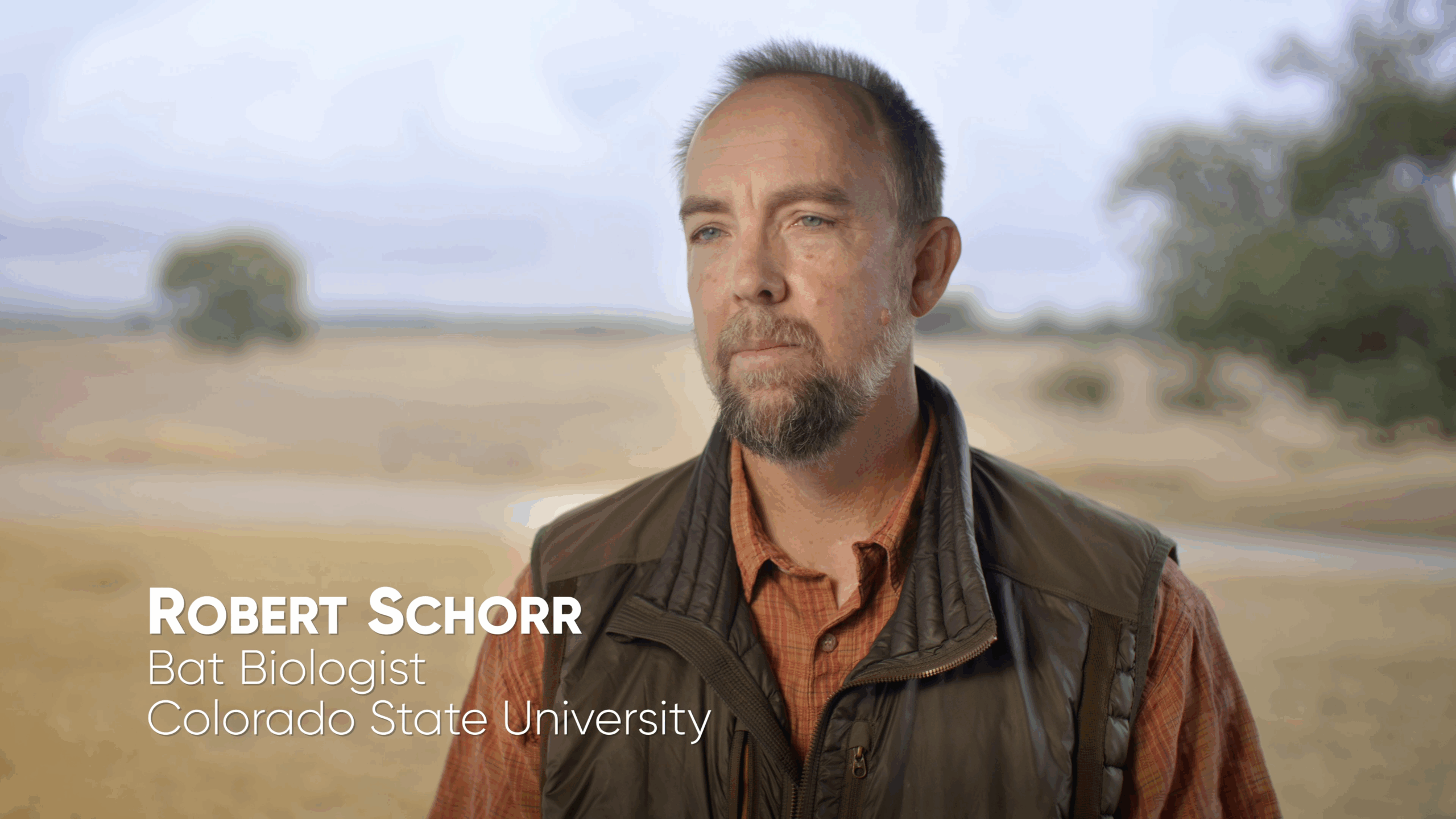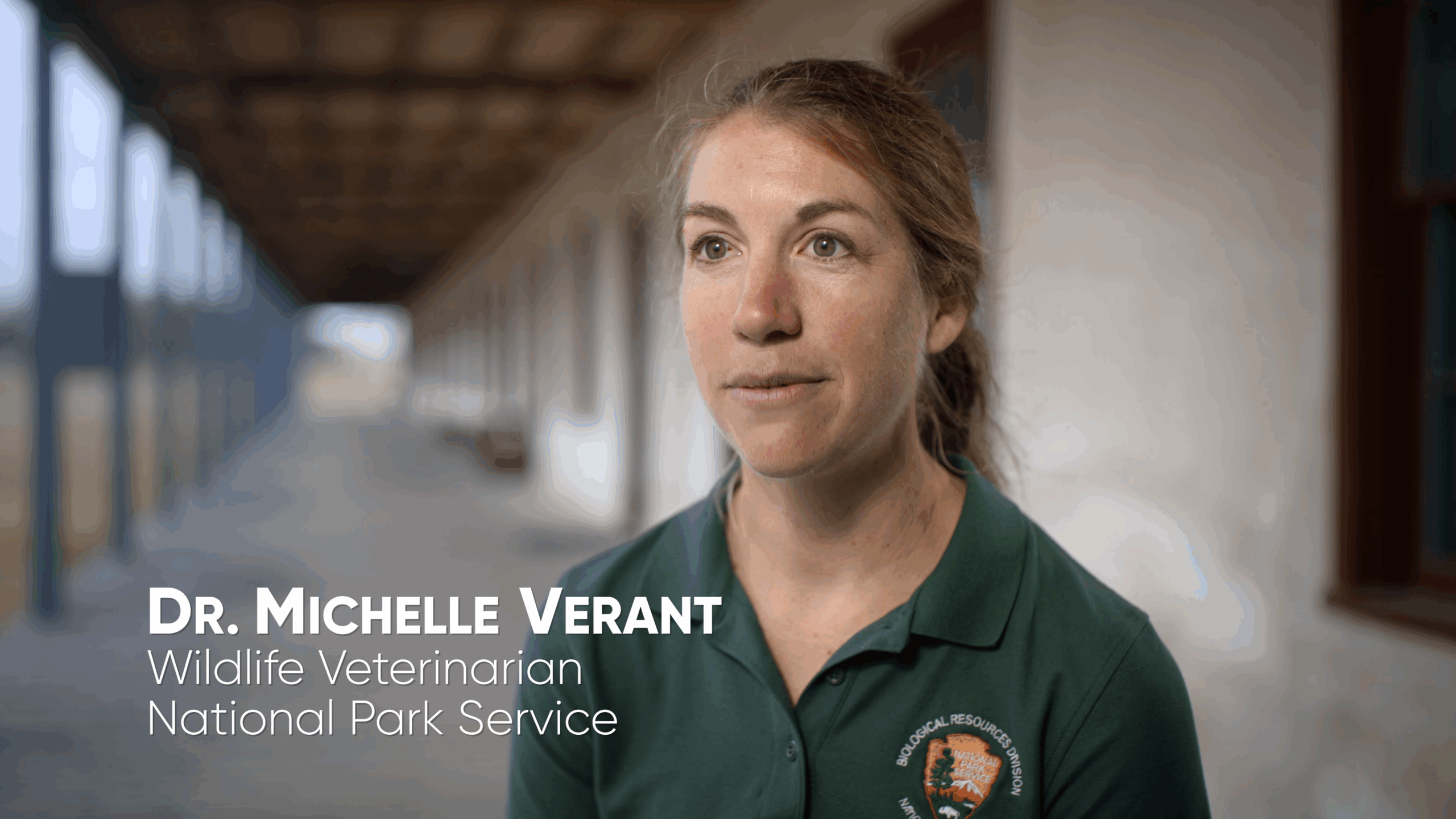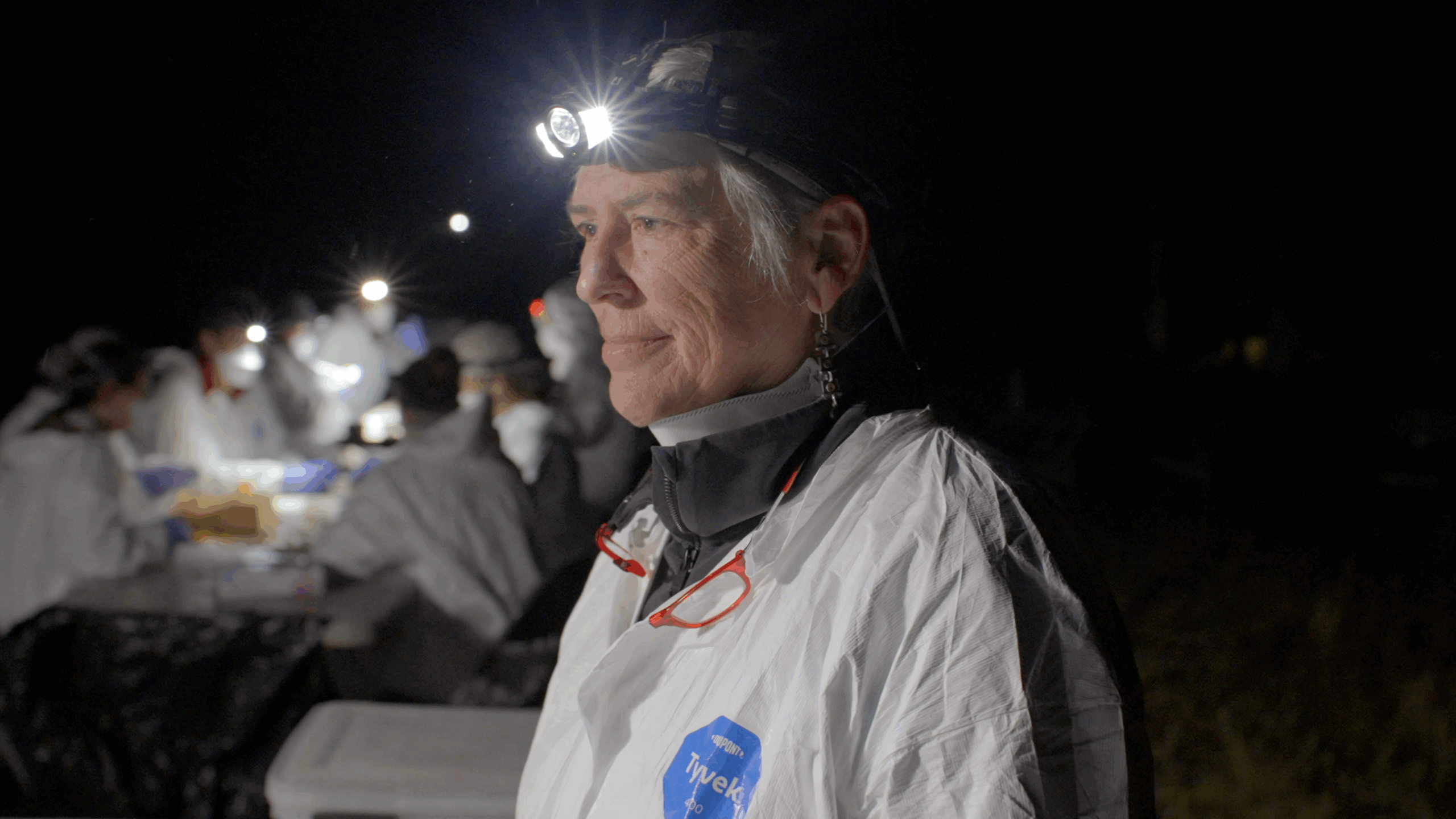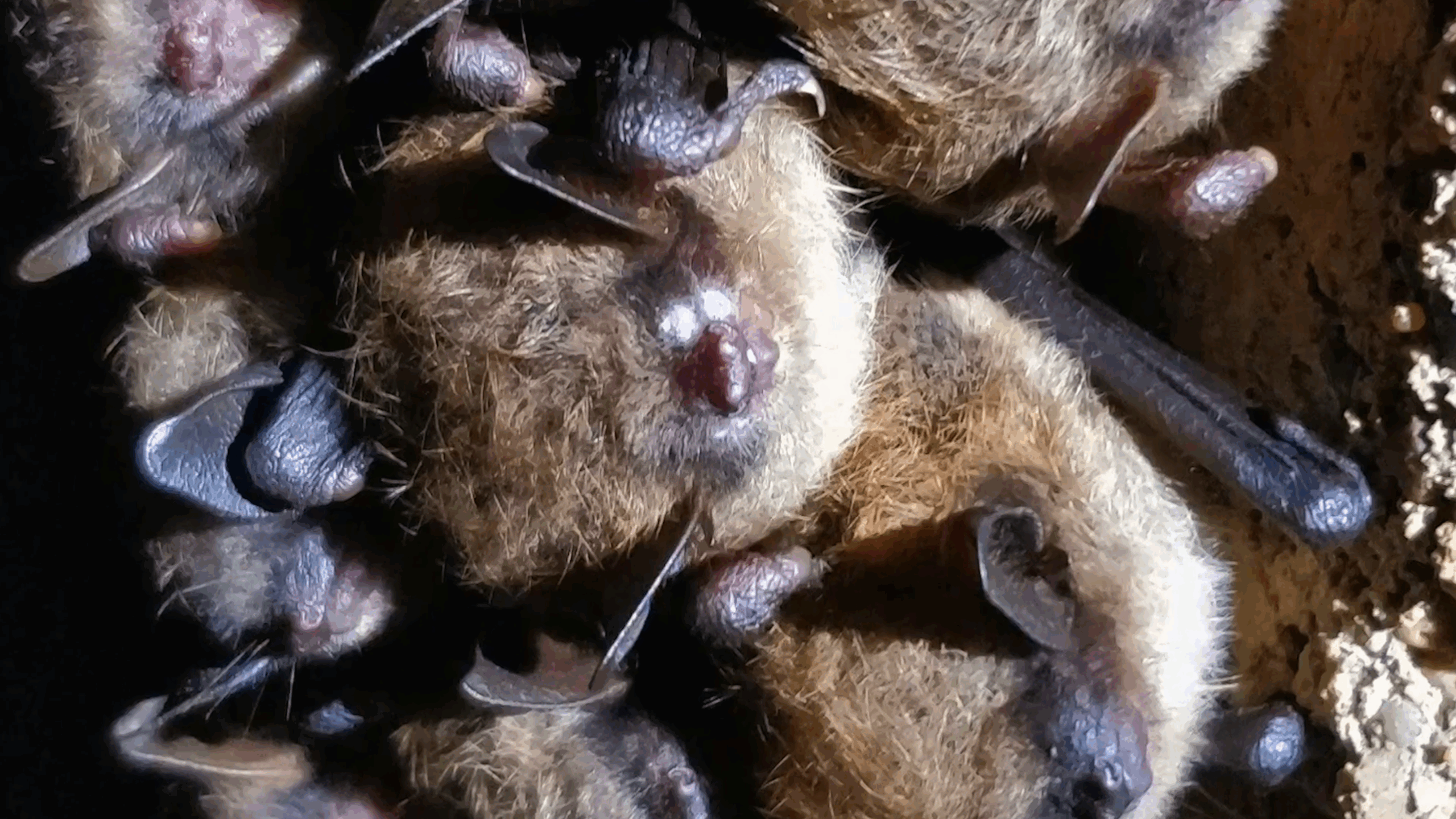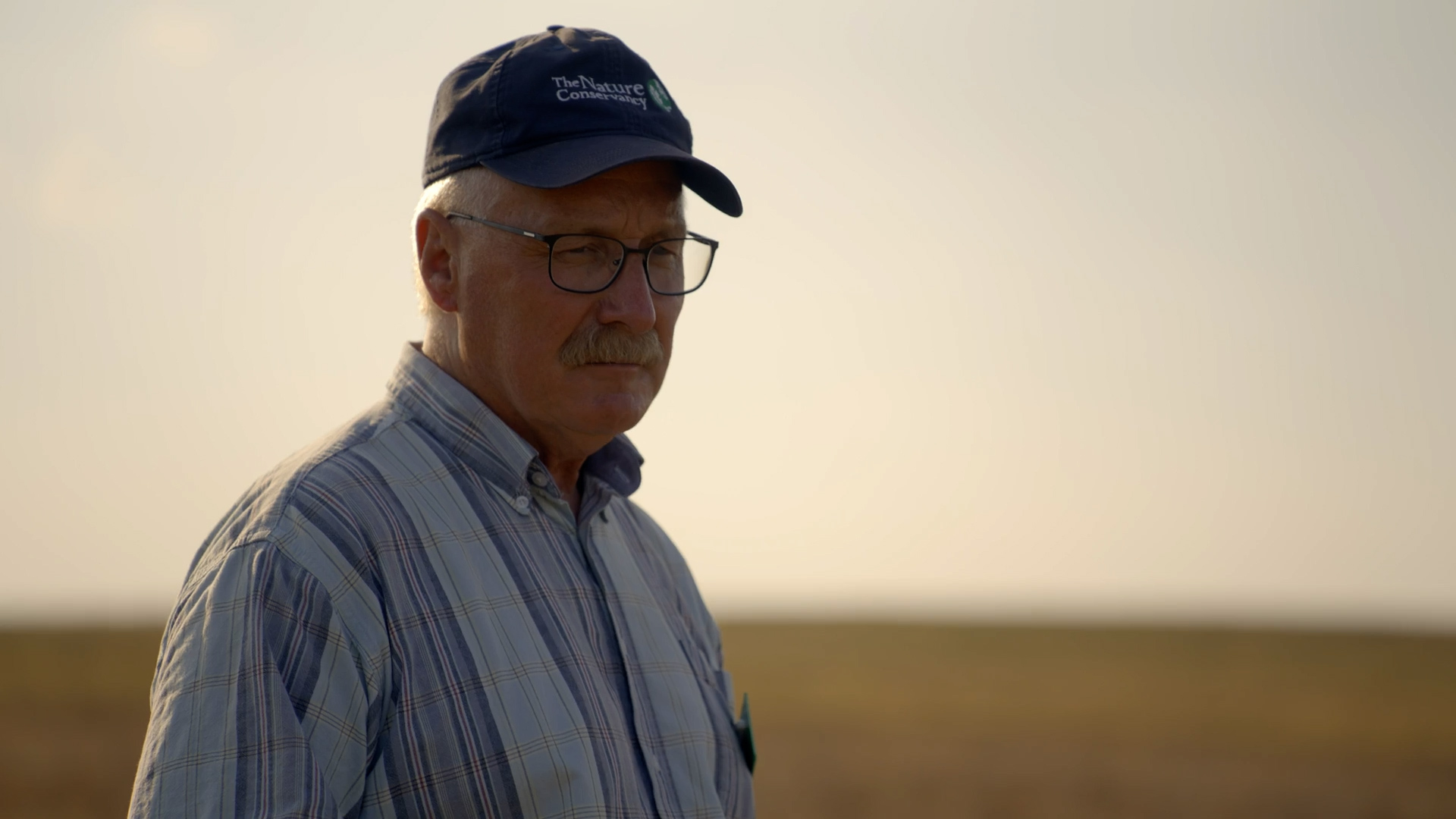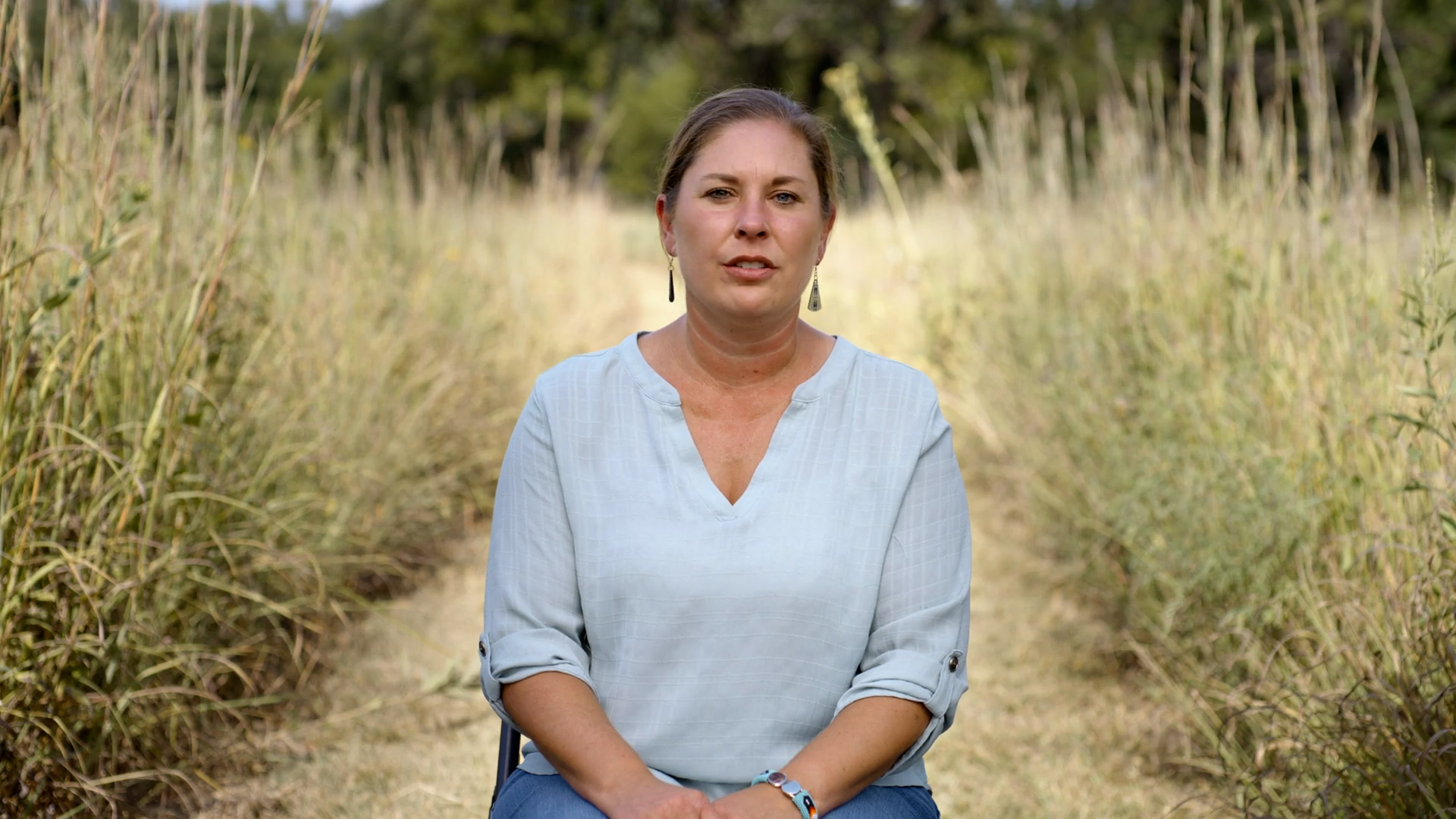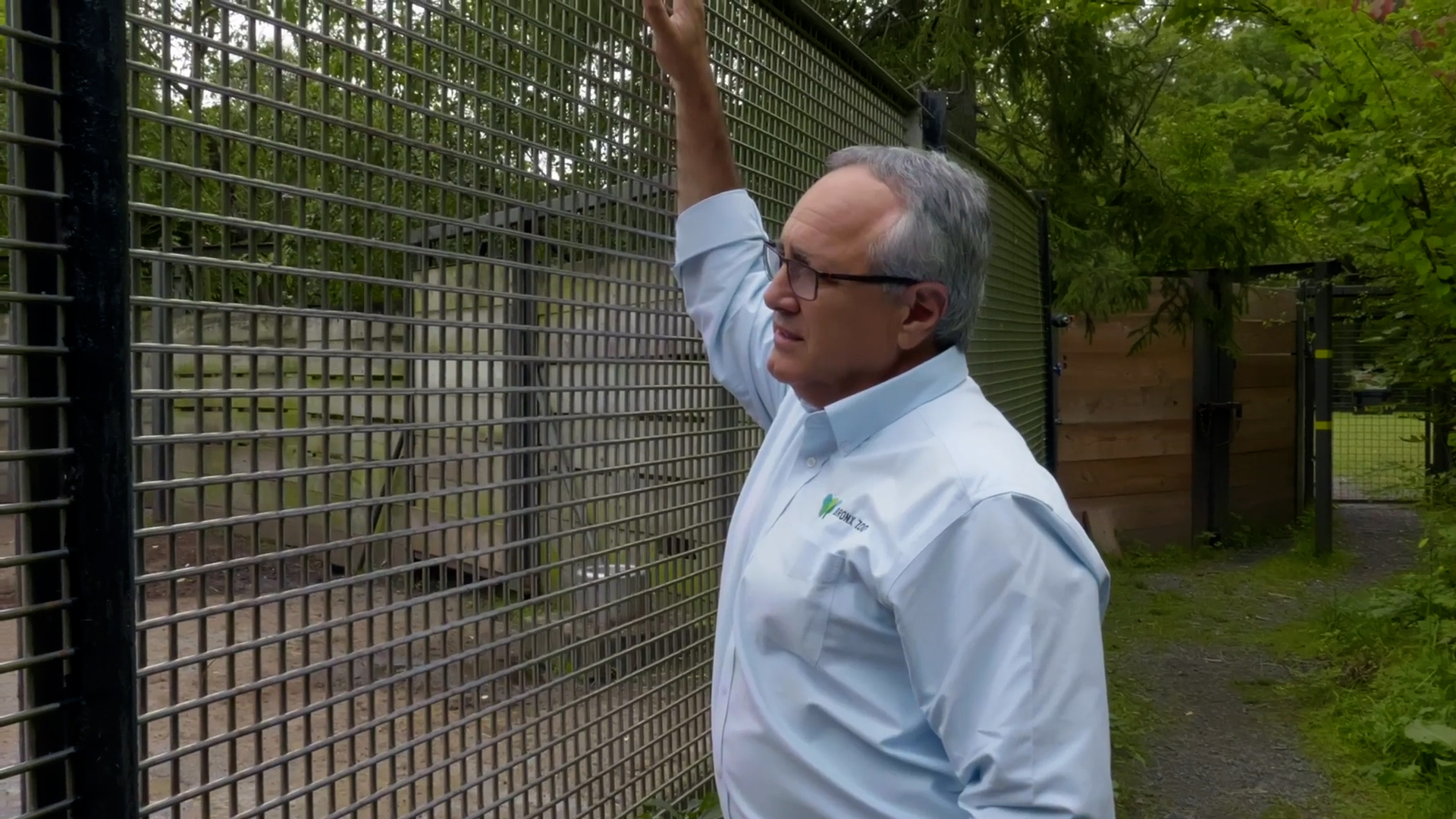Archives: Profiles
-
Rob Schorr
Rob has studied bats for 30 years, focusing on estimating the abundance and survival of little brown bat populations at risk of white-nose syndrome.
-
Dr. Michelle Verant
Dr. Michelle Verant is a wildlife veterinarian for the National Park Service who enhances and protects wildlife health and well-being in parks through technical assistance and training, policy and veterinary consultation, and science communication using approaches that recognize the interconnectedness of animals, humans, and the environment. Michelle completed her Doctor of Veterinary Medicine and Master…
-
Dr. Tonie Rocke
Dr. Tonie Rocke is a research scientist working on a vaccine for a fungal bat disease called white-nose syndrome.
-
White-Nose Syndrome
White-nose syndrome (WNS) is a deadly fungal disease that has killed millions of bats across North America since it was introduced in the early 2000s.
-
Light Pollution
Light pollution can confuse and disorient wildlife that uses the moon and stars to navigate.
-
Kim Cupples
Kim Cupples rescues and rehabilitates puffins at THE SEA LIFE TRUST Beluga Whale Sanctuary.
-
Lucas Canas
Lucas Canas is a research assistant at the South Iceland Nature Research Center, where he studies local seabird colonies on the Westman Islands. His work includes sampling and banding pufflings from the largest Atlantic puffin nesting colony in the world. Lucas has previously studied seabird populations in the Canary Islands and the Azores. He holds…
-
Bob Hamilton
Bob Hamilton is the Director of the Tallgrass Initiative for The Nature Conservancy in Oklahoma.
-
Jann Hayman
Jann Hayman is the secretary of natural resources for the Osage Nation.
-
Pat Thomas
Pat Thomas was vice president and general curator for the WCS and the associate director of the Bronx Zoo.
